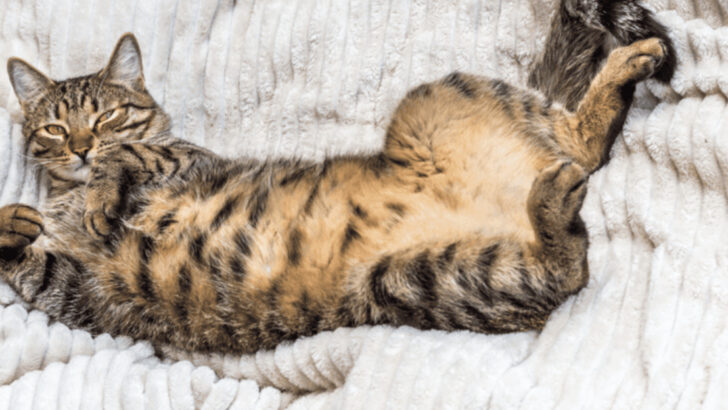Your cat isn’t being rude—she’s screaming for help in her own dramatic, mysterious way.
That tail flick? It’s not sass.
The sudden sprint across the house? Not chaos for chaos’ sake.
And no, ignoring you isn’t always a personal insult.
Cats are experts in subtle signals and body language. The problem? We humans keep missing the point.
What looks like “attitude” is often a very clear message—if you know how to read it.
They’re not ignoring you, they’re begging you to pay attention to the cues you’ve been brushing off for years.
From slow blinks to strategic hairball placement, cats are constantly communicating.
And when you keep misreading their needs as bad behavior, frustration builds—for both of you.
Let’s crack the code and get one step closer to understanding the furry little drama queens we adore.
The Slow Blink
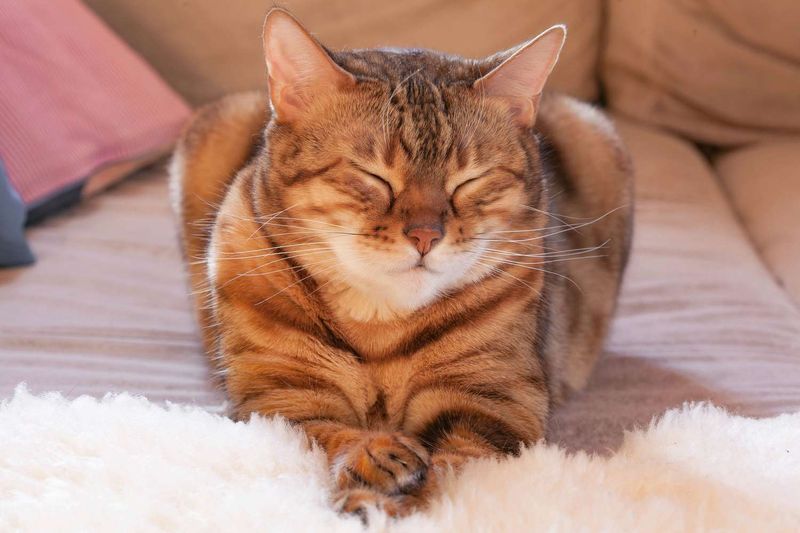
A slow blink is a cat’s way of saying they trust you. When a cat blinks slowly, they are comfortable enough to let their guard down. It’s like a kiss from kitty, an invitation to reciprocate.
Return the gesture by slowly blinking back, showing you respect their space and understand their language. The next time you catch your feline friend watching you from across the room, try this subtle communication.
It’s a silent conversation that strengthens your bond. Misinterpreting it as boredom or sleepiness misses the opportunity for a unique connection.
Tail Quiver
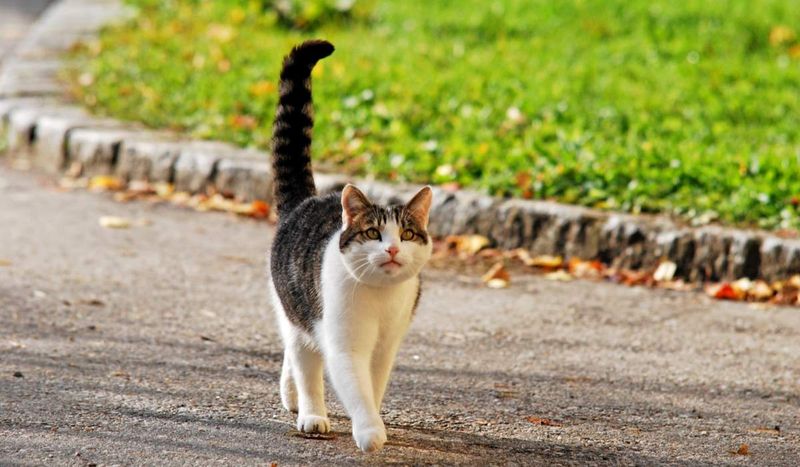
When a cat’s tail quivers, it signifies excitement or affection. This behavior can occur when you return home, highlighting their joy at your presence.
A quivering tail also shows anticipation, such as when a cat expects a treat or playtime. It’s a vibrant display of happiness, not irritation.
Watch for this joyful signal next time you enter a room; it’s your cat’s unique way of saying they missed you, an affectionate greeting wrapped in furry enthusiasm.
Head-Butting
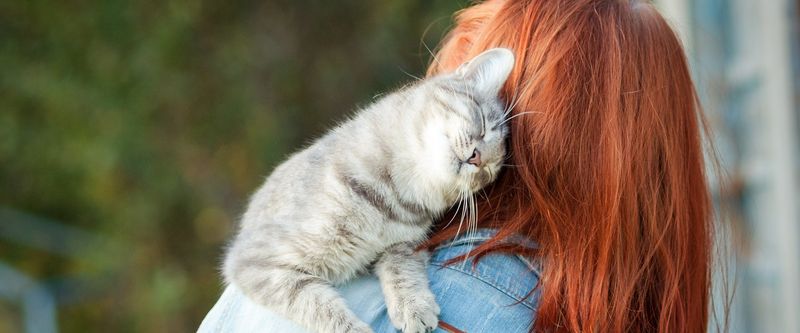
Head-butting is a warm, welcoming gesture. When a cat nudges you with their head, it’s a sign of affection and marking you with their scent.
This behavior is called ‘bunting’, a way cats show they trust you. It’s not a display of dominance, but rather an endearing attempt to bond.
Cherish these nudges as they mark you as part of their family, embedding you in their world with a gentle, tender touch.
Purring with a Twist
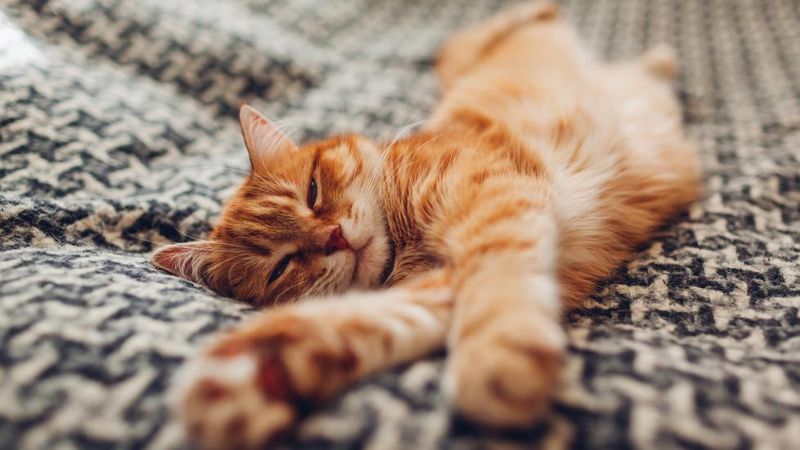
Purring is often associated with contentment, but it can also indicate a need. Sometimes, cats purr when they’re hungry or need comfort.
A twist in the usual soft rumble, accompanied by meowing, can imply they are requesting food or attention.
Understanding the context of the purr can help distinguish between a satisfied feline and one seeking care. Listen closely to your cat’s unique symphony to respond appropriately.
The Sideways Glance
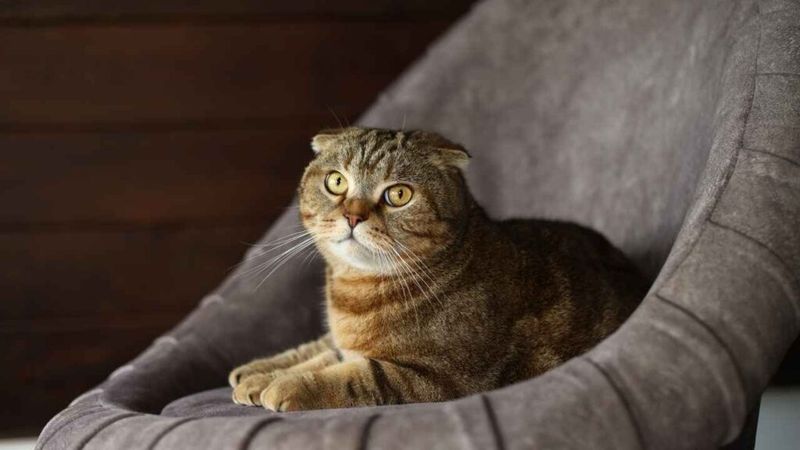
A sideways glance from your cat might seem dismissive, but it’s often a sign of curiosity or contemplation.
This indirect gaze can occur while they’re assessing a new environment or deciding whether to engage.
Rather than a cold shoulder, it’s a moment of decision-making, a quick calculation of their next move. Appreciate this thoughtful look as a peek into your cat’s world of constant evaluation.
Kneading
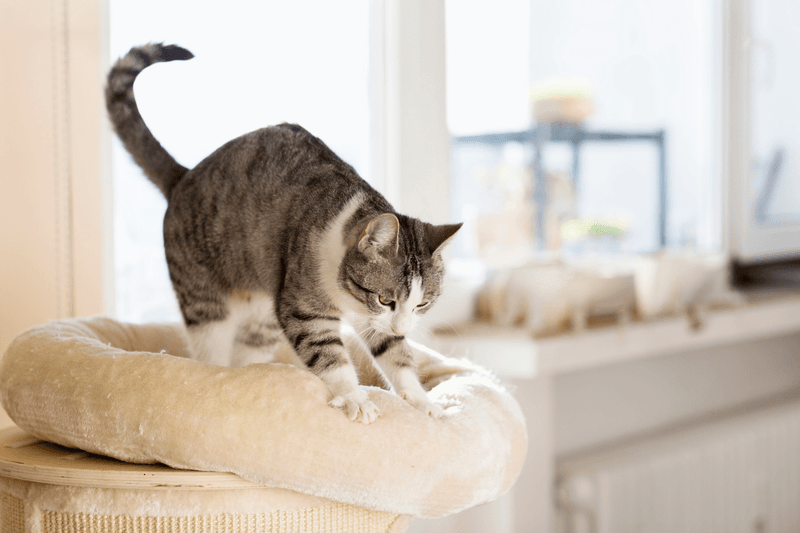
Kneading is a throwback to kittenhood, a comforting action that signifies happiness or the desire for comfort.
When a cat kneads, they’re not being demanding but expressing a deep-seated sense of relaxation.
Often, this behavior is a compliment to their surroundings, indicating they feel safe and loved. Embrace the gentle massage as a sign that you’ve created a haven for your furry friend.
Vocal Variety
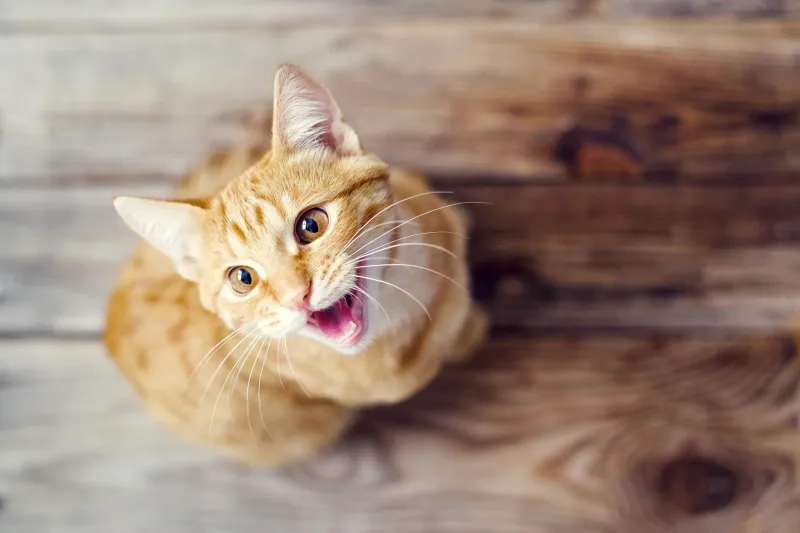
Cats use different vocalizations to express a wide range of emotions and needs. From high-pitched meows to deep, throaty growls, each sound has its meaning.
While a sharp meow might indicate a demand for food, a softer tone could be a request for attention.
Listening to these nuances helps decode what your cat is trying to convey. It’s not mere noise but a language of its own, waiting to be understood.
The Litter Box Scramble
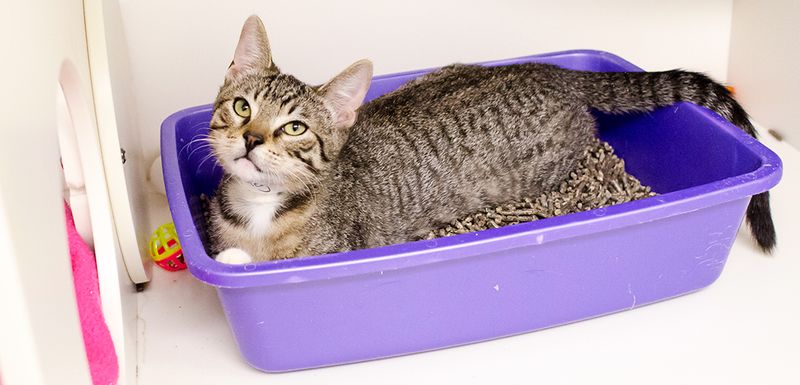
When a cat scratches vigorously around their litter box, it may signal displeasure or discomfort.
This behavior is often misread as fussiness, but it could indicate that the box is dirty or in an undesirable location.
Consider it a request for a cleaner, more private bathroom experience, rather than an act of defiance. Responding to this subtle cue can lead to a happier, more contented cat.
Ear Twitches
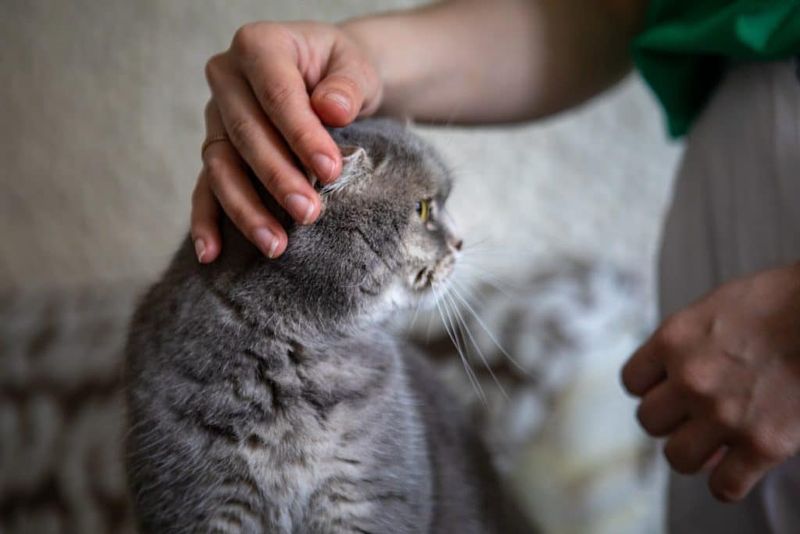
Ear twitches are a cat’s way of tuning into their environment. When a cat’s ears swivel back and forth, they’re not being irritable but attentive.
This movement helps them capture distant sounds, indicating they are alert and in tune with their surroundings.
Recognize this twitching as an impressive skill, a testament to their keen senses rather than a sign of annoyance.
Licking and Grooming

Licking and grooming are not just about cleanliness; they’re also gestures of comfort and bonding.
When a cat licks you or another pet, it’s sharing its scent, indicating trust and affection.
Misinterpreting this as merely a cleaning ritual overlooks the deeper significance. It’s a tender act that says, ‘You are part of my family.’
The High-Backed Arch
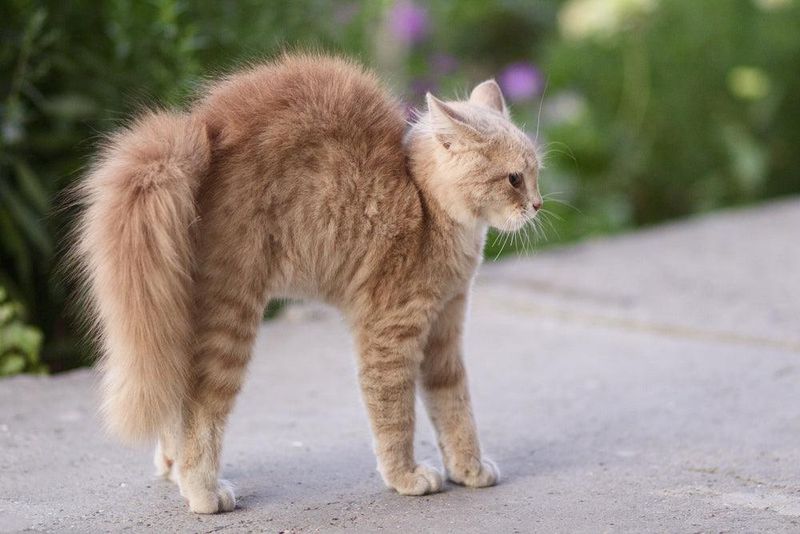
The high-backed arch is often seen as aggressive, but it’s mostly a defensive posture. When a cat arches their back, they are trying to appear larger, usually in response to a perceived threat.
This instinctive reaction is more about protection than hostility.
Understanding this body language helps in addressing whatever might be causing them fear, ensuring they feel secure.
The Paw Tap
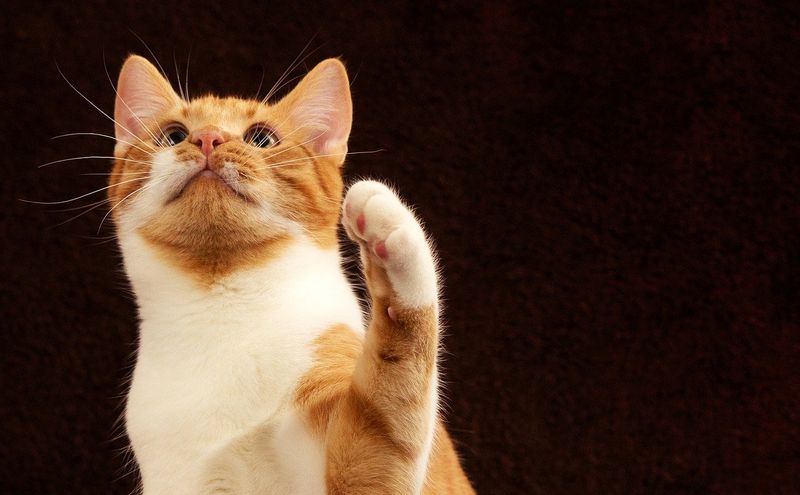
A gentle paw tap is a cat’s way of seeking attention or playtime. This soft touch isn’t a demand but an invitation to engage.
Cats use their paws to explore and interact, and a tap can be seen as a friendly nudge, a way of saying, ‘Let’s connect.’
Rather than ignoring this gesture, embrace the opportunity to share a moment of joy with your feline friend.
The Nose Nudge

A nose nudge is a warm greeting in the cat world. This gesture is often a sign of affection and acceptance.
When a cat noses you, it’s akin to a handshake or a hug, a way of saying you’re part of their inner circle.
Interpreting this as merely a sniff misses the affectionate nuance. Cherish this small but significant gesture as an emblem of friendship.
Dilated Pupils
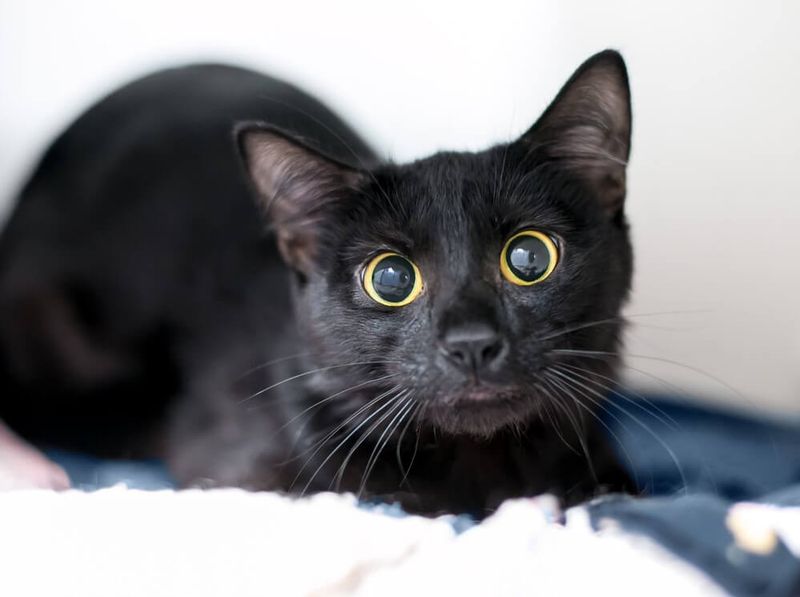
Dilated pupils can indicate more than excitement or fear; they also show heightened interest or curiosity.
When a cat’s eyes widen, they’re absorbing their environment, processing stimuli with intensity.
Understanding this visual cue provides insight into their alertness and engagement, rather than an assumption of aggression or fear.
The Chirp
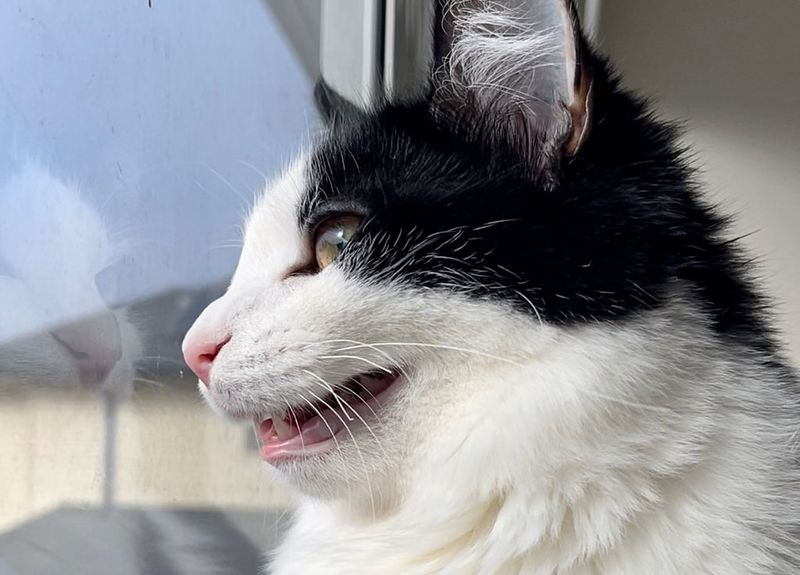
The chirp is a unique sound cats make when excited, often while observing birds or insects.
This vocalization reflects their instinctual hunting behavior, a mix of anticipation and frustration.
Hearing your cat chirp is a glimpse into their wild ancestry, a playful connection to their predatory nature. Embrace it as a fascinating aspect of their complex communication repertoire.
The Belly Display

When a cat shows its belly, it’s a gesture of trust, not an invitation to touch.
Exposing their vulnerable underside means they feel safe and secure in their environment.
Appreciate this display as a compliment to your relationship, acknowledging the trust they place in you. Misinterpreting this as an act of defiance or laziness overlooks the tender message of comfort and confidence.

